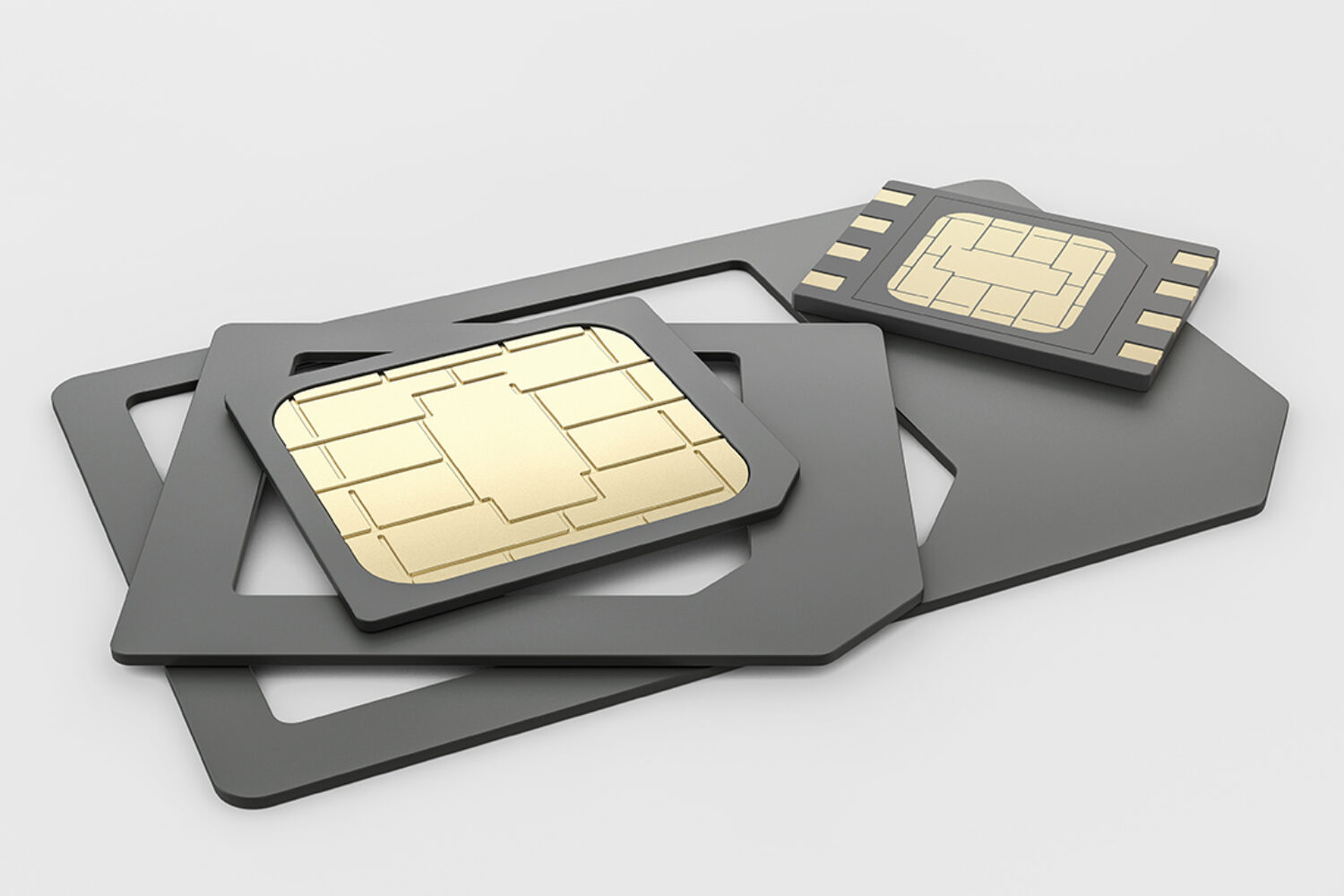Yes, I am writing this post because of Apple and the eSim debacle.
For years, upgrading your smartphone meant physically switching your SIM. These days, phone manufacturers and a growing number of carriers are pushing a virtual alternative. Enter the eSIM, touted as the smarter, hassle-free alternative to that fiddly little card.
What is an eSim?
Embedded SIM (eSIM) is just a physical SIM card gone digital. Like a SIM card, an eSIM provides your connection to your mobile network. The most important benefit of an eSIM is that it connects to the network without the need for a physical sim card.
With the new eSIM system, instead of a removable plastic card, the eSIM is embedded into your phone’s circuitry. Start a new contract and your eSIM is activated remotely by the network provider. It’s also reprogrammable remotely.
An increasing number of phones incorporate an eSIM. This includes the current iPhones, the Samsung Galaxy S20 and Google Pixel 3. At present, eSIM support comes alongside a traditional SIM card slot. In the next few years, we’re likely to see eSIMs replace cards completely. Globally, network providers are also starting to switch to eSIM activation. (iPhone 14)
Pros of an eSim over physical SIM cards
- An eSIM makes it much easier to switch mobile networks. Instead of needing to order a new SIM, waiting for it to arrive, then inserting it into your phone, you can switch to a different network with a phone call or online. You also won’t need to go hunting for a SIM ‘ejector tool’ to remove the old SIM from your phone.
- eSIM is easy to locate: it’s easier to find your phone in case it is lost or stolen since network providers can control eSIM remotely.
- eSIM is secure: cant’ be duplicated.
- Smartphone design. When the card tray is eventually phased out, this could mean more room for other features (battery life, for instance). That said, this could be bad news for fans of removable storage cards!
- Device theft: Some thieves want to steal your phone. Currently, so long as they can disable any device restrictions, a thief can hard-wipe the phone and remove the existing SIM to make it ready for resale. It’s not possible to delete an existing eSIM profile without the owner’s password. Nor is it possible to add a new profile without the existing owner’s authentication.
Cons of an eSim
- Nowhere to hide. As stated above, you also can’t remove an eSIM from a device, thus if you’re being tracked, this is a major disadvantage.
- eSIM is more difficult to transfer to a different device: Instead of popping the card out of an old smartphone phone, you have to download your data from the cloud to get your contacts, message, and other media back.
- eSIM is relatively new: it is only available with more recent phone models and selected carriers. In Nigeria, it’s becoming fairly certain.
In Nigeria, MTN and 9Mobile are the only network providers offering eSIM services while Kenyans only have the option of Safaricom. It’s important to note that only premium, high-end phones support the eSIM chip.
Recommended Reading
- Google Fi in 2022 – Still Worth it?
- Things to Check when buying a USED iPhone in 2022
- Top 10 Cool Office Gadgets under $100 You’d Love
- SAFARICOM Launches M-PESA Super App










